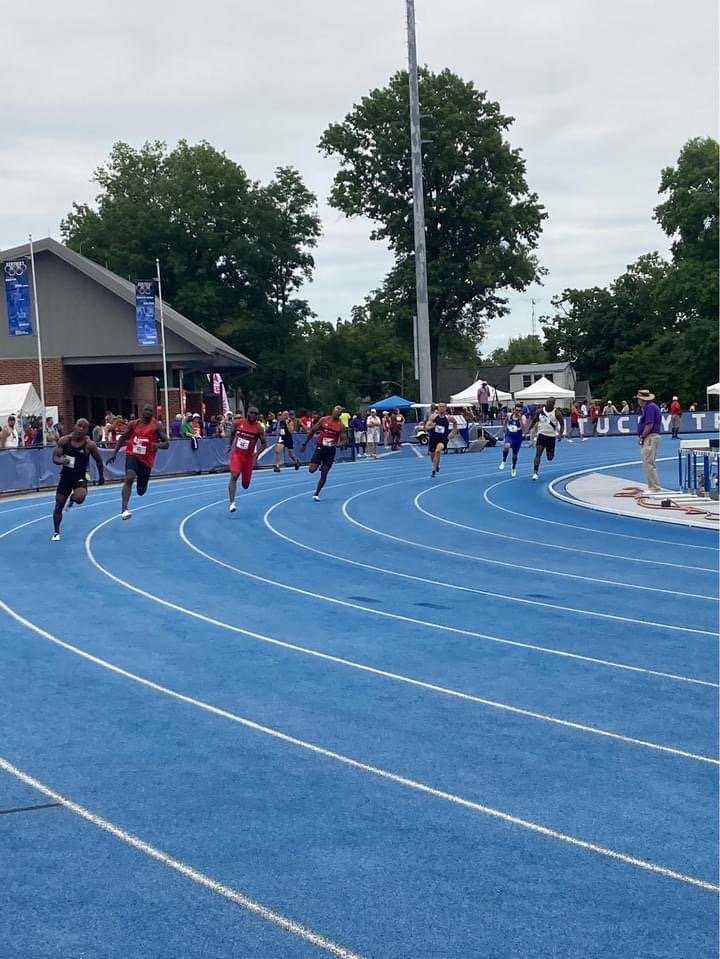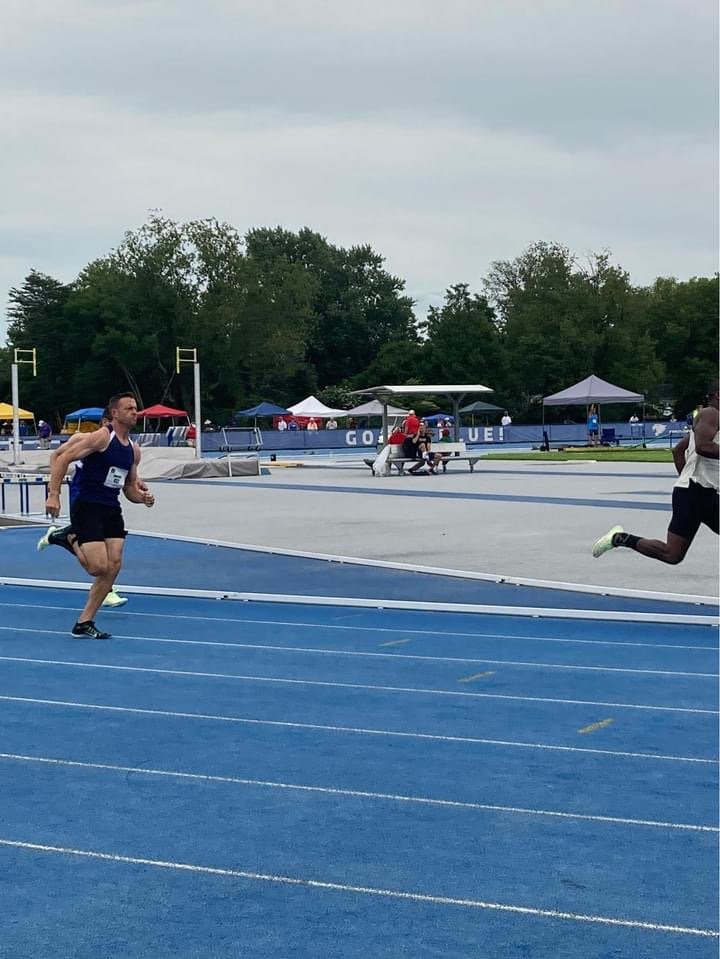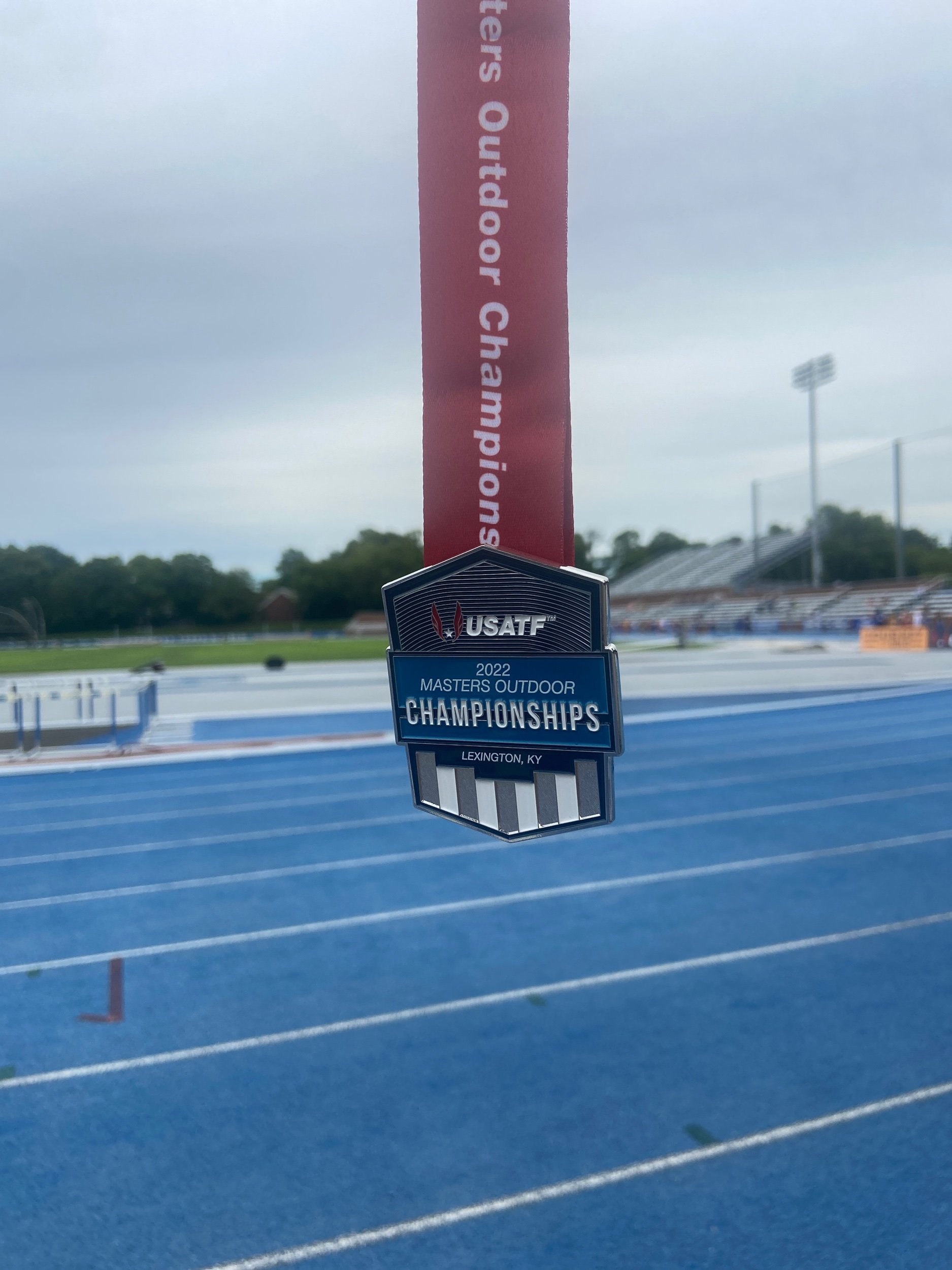I traveled to Lexington Kentucky this weekend to compete in the Pentathalon (Long Jump, Javelin, 200M, Discus & 1500M) and Individual 200M in the Men’s 40-44 age category. It’s a once per year event that brings in 1500 athletes from across the country to compete in age-group based events. With no formal track and field experience, but many years training as a professional athlete, I decided to challenge myself with something new as I was turning 40 earlier this year. It was a great experience, I came out of it with no injuries 🙏 😀, and I learned a few things along the way.
5 lessons from my time in Kentucky
- Masters competitions are super popular across the US. The uniqueness of 5 year age windows levels the playing field, and allows everyone from age 25-99 to compete against similar-aged athletes. While golf, tennis, biking and swimming are also very popular with adults - track and field is unique in the variety of events and diversity of competitors.
- Everyone can benefit from having a coach if they want to learn a new skill. While you can learn a lot from watching other people, or even videos on youtube, nothing replaces good coaching. In addition to the running events, I competed in the long jump, javelin, and discus without any proper training. I literally threw a javelin for the very first time on the day of the event. Needless to say, the results were less than spectacular. I held my own (thanks to 11 years of training as a professional athlete), but I know that I can make significant improvements if I enlisted a coach to dial in the detailed techniques of each event.
- There’s no replacement for natural talent. No one that made the finals in the 100 or 200M was slow in high school. That being said, you can 100% teach speed, but it’s a matter of maximizing and optimizing the natural talent that you have. Same thing applies to many other sports or skills. Your natural abilities set your foundation, and how you train and practice is what determines how far you go.
- It takes a long time to make small improvements (once you've built a solid foundation). I had a conversation with the bronze medalist in the 200M, he said that in 2019 his time was 25 seconds. And now he is down to 23 seconds. 4 years to improve by 2 seconds. That’s less than a 10% improvement over the course of 48 months. It’s the same as a pro baseball pitcher trying to increase 2mph on his fastball. It can take hundreds of hours of training to make a 1% improvement once you have ‘fully developed’. But on the other end of the spectrum, a young untrained athlete can make huge improvements in a matter of weeks and months with proper training.
- Athletes come in all shapes and sizes. A typical body type comes to mind when you think of an NFL running back or an NBA center, but now more than ever the general stereotype doesn’t hold up. I saw some incredible performances last weekend by athletes that didn’t look like what you’d expect. You can turn on the TV and see an undersized golfer or MLB pitcher doing amazing things. The lesson is - don’t let a preconceived idea of what an athlete in your sport looks like hold you back. Put in consistent work, week after week, and watch what happens 💪.





